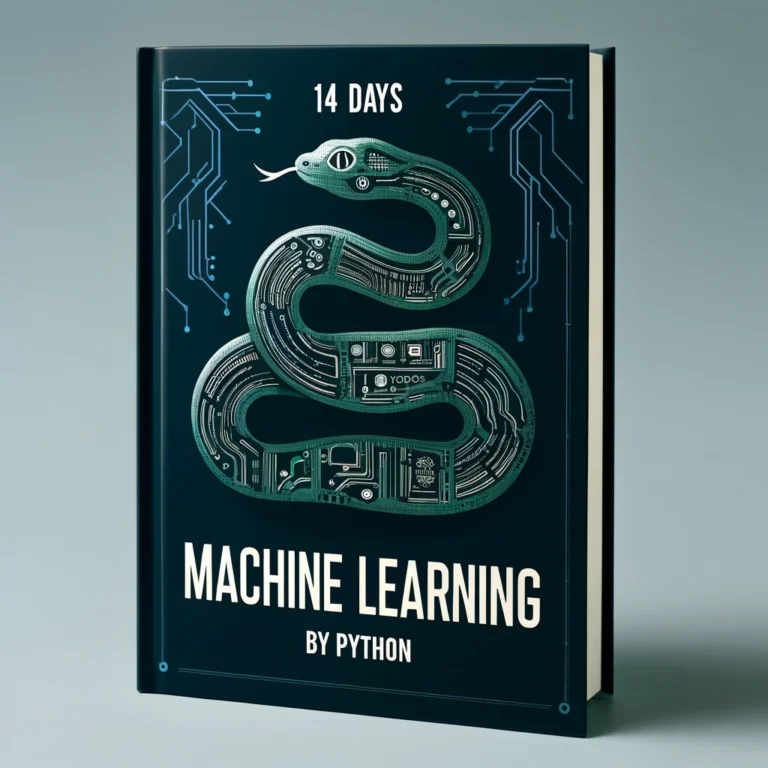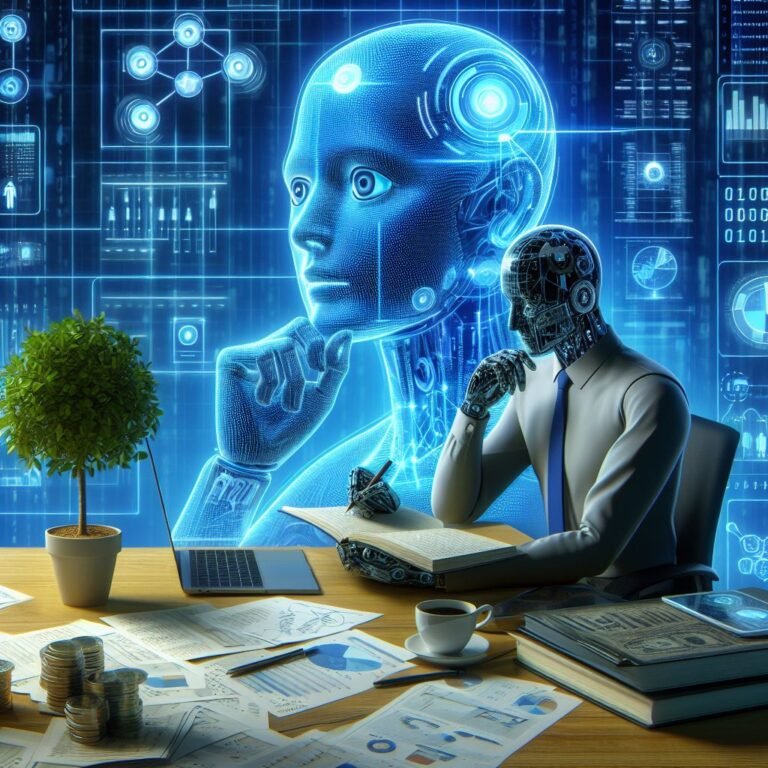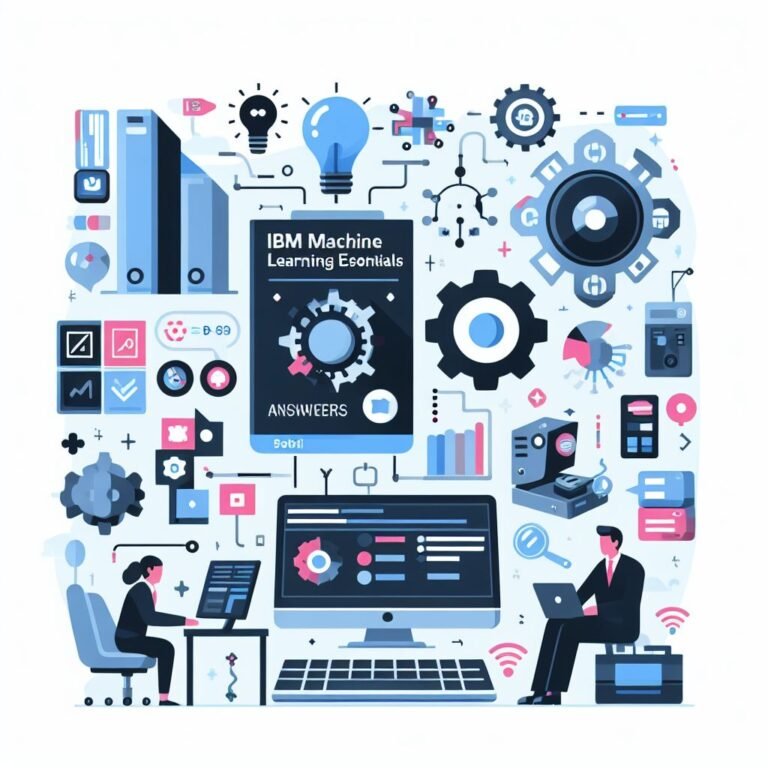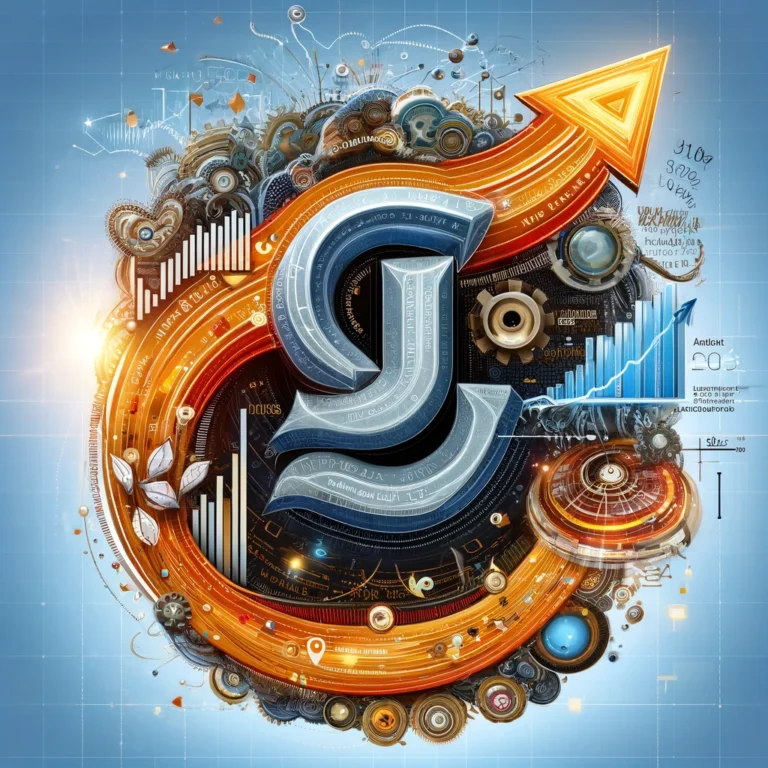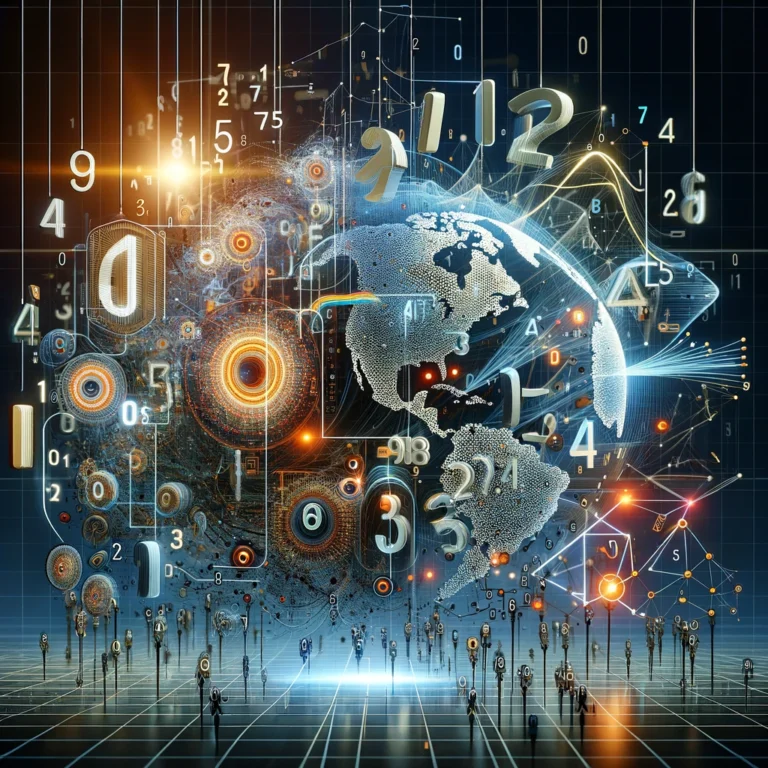Machine Learning vs Deep Learning
Machine Learning vs Deep Learning
Artificial Intelligence (AI) refers to machines carrying out tasks that typically require human intelligence. Within AI, machine learning and deep learning represent two popular approaches that enable machines to learn automatically from data, without explicitly programming them. But what exactly sets these technologies apart? Let’s take a closer look at how they compare.
What is Machine Learning?
Machine learning is a subset of AI focused on building statistical models based on sample data, known as “training data”, in order to make predictions or decisions without being explicitly programmed to do so. The key goal is to teach the computer to find hidden insights or patterns on its own.
Some examples of machine learning tasks include:
- Image recognition
- Natural language processing
- Predictive analytics
There are three main types of machine learning algorithms:
- Supervised learning: The algorithm is trained using labeled data, meaning sample inputs are tagged with the desired outputs to find a pattern and make future predictions on unseen data. Example use cases include spam detection and predictive maintenance.
- Unsupervised learning: The algorithm is given unlabeled data and learns inherent structure from the data without guidance. Key applications include customer segmentation and anomaly detection.
- Reinforcement learning: The algorithm interacts dynamically with an environment, learns from feedback in terms of rewards and punishments, and determines the ideal behavior within a context to maximize performance. This approach has been used successfully for game strategy development.
Machine Learning in Action
A common machine learning use case is email spam detection. The algorithm can be trained through sample emails already tagged as “spam” or “non-spam” by humans. It finds patterns in the words, phrases, and other attributes that characterize spam messages versus good emails. The trained model can then label new emails that are received to filter spam automatically. The more diverse data the system is trained on, the better it understands how to distinguish spam from non-spam emails.
What is Deep Learning?
Deep learning is a more advanced subset of machine learning based on artificial neural networks, with multiple abstraction layers. The key advantage is that deep learning algorithms can process raw, complex, and high-dimensional data efficiently versus machine learning which typically relies on engineered data.
Some common examples of deep learning applications include:
- Image and facial recognition
- Advanced natural language processing & machine translation
- Self-driving vehicles
- AI assistants like Alexa, Siri and Cortana
The most widely used deep learning models include:
- Convolutional Neural Networks (CNN): Used for image recognition and object detection within images.
- Recurrent Neural Networks (RNN): Used for natural language processing and speech recognition. Can analyze sequence data over time.
- Deep Reinforcement Learning: Combines neural networks with reinforcement learning for applications like gaming bots and robots.
Deep Learning in Action
A typical deep learning application is facial recognition which helps detect human faces and verify identity in photos or videos. A deep learning model is trained through extensive images of human faces, learning to detect key facial attributes like eyes, nose, mouth in images. Advanced models can identify unique faces matching them correctly to identities in a known database of individuals. Apps like Facebook automatically label images with tags identifying people.
Core Differences
| Machine Learning | Deep Learning | |
|---|---|---|
| Approach | Relies on structured feature engineering to extract insights from data. | Directly processes raw, complex data like text, images or videos on its own to uncover latent structures and patterns. |
| Learning Style | Learns from generalization and past experience. | Learns from examples and experiences over time through neural network processing gaining increasing breadth of conceptual knowledge. |
| Model Design | Models created through manual programming based on human expertise. Hand-coded algorithms. | Models are capable of self-learning from exposure to massive volumes of data removing need for much human intervention. |
| Data Dependency | Needs properly cleaned, labeled and formatted data to train on. | Capable of processing raw, messy, unstructured data from diverse sources. |
| Prediction Accuracy | Provides good precision on structured data but performance limited by quality of features crafted. | Can automatically extract complex representations needed for accurate predictions directly from high-dimensional data. |
In summary, deep learning aims to mimic human information processing via neural networks transforming raw data while machine learning relies on human ingenuity to make sense of structured data through insightful feature engineering. Deep learning provides enhanced flexibility to continually learn and improve but machine learning promotes interpretability making it simpler to explain model logic.
The two approaches can complement each other eg. Machine learning used to preprocess data that then feeds into a deep learning network. With advances in computation power and neural networks over time though, deep learning is proving superior at unraveling real world ambiguities and uncovering insights machine learning would struggle with or need explicit direction to resolve. It promises to drive the next generation of AI breakthroughs.
Impacts for Customer Service
Both machine learning and deep learning are driving tangible improvements in customer service processes:
Intelligent Chatbots
- Machine learning helps analyze customer queries to recommend responses from an FAQ database.
- Deep learning enables chatbots to understand nuances in customer questions and conduct true conversations.
Predictive Analytics
- Machine learning analyzes customer data to predict future shopping habits and churn risk.
- Deep learning detects signals across data to uncover root causes shaping customer behavior.
Personalized Recommendations
- Machine learning matches customer profiles with product attributes to suggest items of interest.
- Deep learning maps granular contextual preferences to provide tailored, real-time suggestions to customers.
Fraud Detection
- Machine learning spots deviations in transactions relative to baseline patterns.
- Deep learning discerns anomalies even amidst normal fluctuations that rules would miss.
Voice/Image Recognition
- Machine learning facilitates simple voice commands and image categorizations relying on cleanly formatted data.
- Deep learning achieves rich voice-based conversations, complex image identifications from pixel-level analyses.
Together, these innovations are enabling businesses to listen better, understand customers more deeply and engage on their terms – delivering transformational service experiences. The future points decisively toward an AI-powered world where tasks once requiring human assistance become automated through perpetual self-learning systems. Deep learning in particular will continue opening new horizons for humanity’s progress.
FAQs
Q: What are some key differences between machine learning and deep learning?
A:Machine learning relies on feature engineering while deep learning automatically learns feature representations needed from raw data. Deep learning is faster, more accurate and can uncover latent relationships that humans might miss.
Q:When should I use machine learning vs deep learning?
A: Machine learning offers a simpler starting point needing less data and resources. Deep learning unlocks more complex use cases but needs specialized skills and computing infrastructure to implement.
Q:How do these technologies work with big data analytics?
A: They provide advanced analytics capabilities to make predictions, discoveries and decisions by interpreting big data that far exceeds human capacity. Deep learning specifically can process high volume, velocity and variety of data efficiently.
Conclusion
While machine learning requires careful human guidance, deep learning shows immense promise for continuous self-learning, tackling intricacies in data that humans struggle with. It already matches or outperforms humans on some real-world tasks. Combining the accessibility of machine learning with the advanced intelligence of deep learning however, will propel AI to its next level, enabling never-before-seen innovation. The future is here, and it’s looking deep.





